Fundamentals of Texturing in Blender
Release date:2021, March 15
Author:Jonathan Lampel
Skill level:Beginner
Language:English
Exercise files:Yes
Texturing in Blender is a huge topic
We’ll cover all of it in this course!
As always, we’ll take it step-by-step, in bite-sized lessons that you can process and with plenty of hands-on exercise along the way.
Even if you’re completely new to texturing…
…by the end of this course, you will be comfortable with texturing and know how to texture any Blender object.
You will prove it to me (and yourself) by texturing this awesome motorcycle at the end of the course.
What is a texture? An image mapped to 3D surface
In older video games or games like Minecraft, the line between geometry and images is pretty obvious.
In newer games or in visual effects shots though, it’s a bit less clear where to draw the line.
With bigger production budgets and faster computers, geometry got waaaay more detailed. At the same time, there are now new types of complex textures.
So where does modeling end and texturing being? That’s going to be different for every project.
How do you Texture a Brick Wall?
If I asked you to create a brick wall in Blender, should you model bricks – or use a brick texture on a plane?
You could decide either way depending on the circumstances.
For this course, I’ll just assume that anything you haven’t modeled is what you need to texture.
Here is how you can create the textures:
a) use photos (found online, or your own)
b) use procedural textures
c) paint the textures
d) useda combination of all of the above.
In this course, you’ll learn how to do just that!
6 chapters, 40+ lessons on texturing
Chapter 1: Introduction to Texturing in Blender
WTH are textures, anyway?
In the intro video, we will go over what textures are – and that you probably know more about them than you think (hello, Minecraft!).
Chapter 2: Image Textures and Mapping
how Blender saves and loads images
what texture coordinates are (and how you can use them to manipulate textures)
how to apply 2D image textures to 3D objects using UV unwrapping, and how to solve common UV problems.
Chapter 3: Digital Color
the basics of digital color – and why it’s crucial to texturing
color management
blend modes and color material nodes
how file formats affect color and the quality of your images
Chapter 4: PBR Texturing
physically-based shading
focusing on textures you’ll need to create
Chapter 5: Procedural Texturing
how to combine shader nodes together
create procedural effects from the ground up
Challenge: Create a Lava Shader
At this point in the course, you will have enough skills to create the infamous lava shader.
Sizzle!
Chapter 6: Texture Painting
how to prepare your model for painting
how to use the brush system in Blender
how to paint with layers
Challenge: Paint a Low Poly Axe by Hand
We’ll switch it up with another small project.
This time, I’ll walk you through painting a low poly ax by hand using nothing but the default Blender brush.
Chapter 7: The Complete Texturing Workflow
Before we finish things off, you will learn:
texturing workflow tips
a look at intermediate topics, like trim sheets, decals, texture baking, and more.
Challenge: Texture a Motorcycle
The final challenge will be to take a motorcycle model and make it look amazing by texturing it.
This course builds off all the other fundamentals courses, so you can watch those first if you’d like or jump right in.



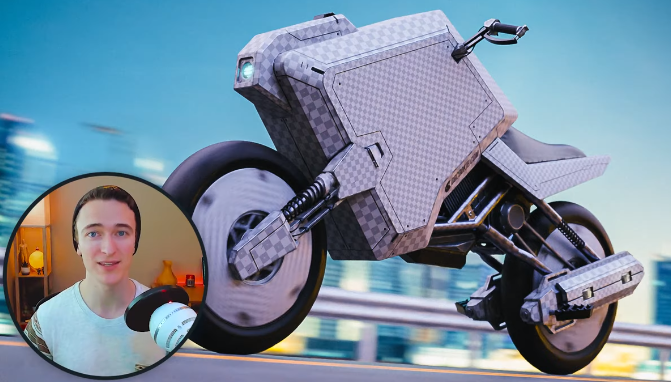

 Channel
Channel
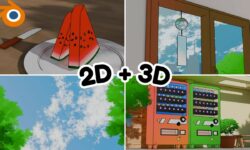
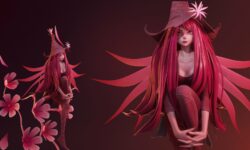
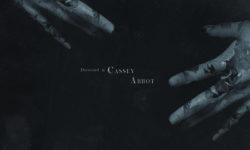
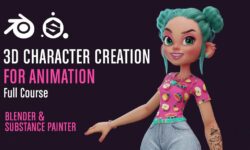
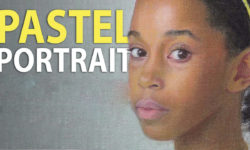

Thanks for the course!!
Thank you, Strawberry!
Thank you so much for this amazing website.
Can you please upload this course:
https://gumroad.com/theblenderbros/p/20-off-last-24h-the-hard-surface-game-asset-course-for-blender
we don’t have it yet, sorry
This course is going to be really helpful. All links working perfectly
Thank you for sharing! <3